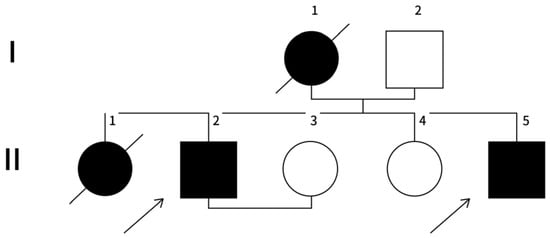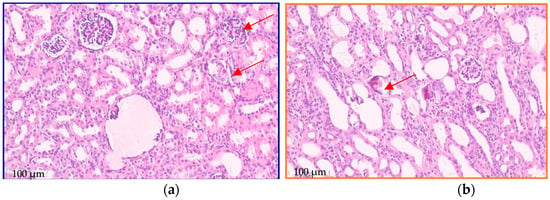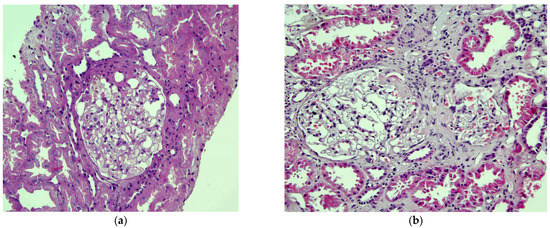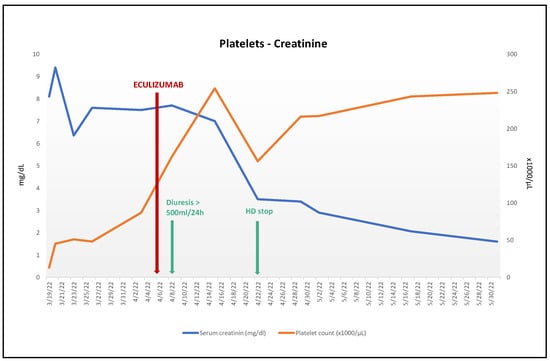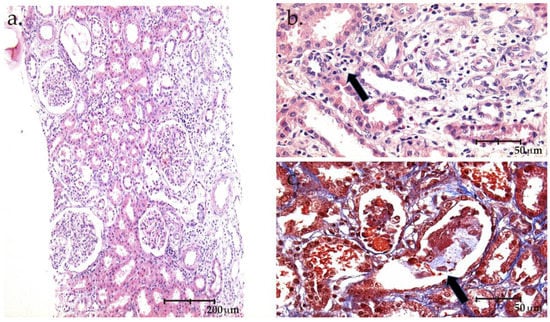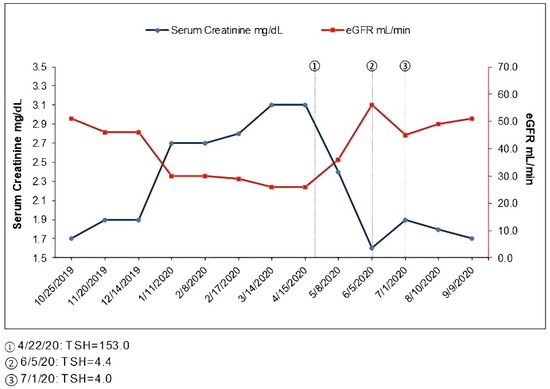Teaching Cases in Nephrology, Dialysis and Transplantation
A topical collection in Kidney and Dialysis (ISSN 2673-8236).
Viewed by 21015Editors
2. Department of Clinical and Biological Sciences, ASOU San Luigi, University of Turin, 10124 Turin, Italy
Interests: CKD; dietary management and CKD; hemodialysis; tailored dialysis (daily dialysis, incremental dialysis); ethical aspects; long term outcomes; pregnancy and CKD; pregnancy and dietary management in kidney transplantation
Special Issues, Collections and Topics in MDPI journals
2. Department of Nephrology and Hemodialysis, Russian Medical Academy of Continuing Professional Education, 125993 Moscow, Russia
Interests: primary glomerulonephritis; autoimmune systemic diseases; thrombotic microangiopathies; pregnancy-related kidney disorders; paraneoplastic nephropathies; anti-cancer drug nephrotoxicity; monoclonal gammopathy of renal significance
Special Issues, Collections and Topics in MDPI journals
Topical Collection Information
Dear Colleagues,
Kidney and Dialysis is an international, peer-reviewed, open access journal on nephrology and dialysis published quarterly online by MDPI. Kidney and Dialysis runs Topical Collection to create collections of papers on specific topics. The aim is to build a community of authors and readers to discuss the latest research and develop new ideas and research directions. Collection Editors who are experts in the subject and oversee the editorial process for papers lead Topical Collection.
Now we start a new initiative—we aim to collect and publish intriguing case reports as teaching tools in nephrology dialysis and transplantation.
One of the charms of nephrology is that it deals with very heterogeneous patients, and with very heterogeneous diseases.
In nephrology, probably more than in any other discipline, exceptions teach rules, and the educational value of discussing single intriguing cases is high.
With this in mind, we would like to dedicate a section of Kidney and Dialysis to the discussion of intriguing cases in nephrology, dialysis and transplantation.
In this section, we would like first to share experience: if a case has challenged and intrigued us, it will probably intrigue others, and reading about it may give a clue, or at least a hint, to the diagnosis.
Please share with us your intriguing cases, highlighting their main messages and the main difficulties you experienced on the way to diagnosis and/or in their management.
The devil is often in the details: we do not want to share “me-too” cases, or show “how good” we have been. We would like to ease the pathway for our colleagues facing a difficult case.
Our goal will be reached when many colleagues say: ”Ah, I saw a similar case on KiD (Kidney and Dialysis), it helped our diagnostic pathway….”
Welcome to KiD, and welcome to the “Intriguing case” series!
We hope this topic is of interest to you, and for submissions by 22 December 2023, we will offer publication free of charge.
Prof. Dr. Giorgina Barbara Piccoli
Dr. Elena Zakharova
Collection Editors
Manuscript Submission Information
Manuscripts should be submitted online at www.mdpi.com by registering and logging in to this website. Once you are registered, click here to go to the submission form. Manuscripts can be submitted until the deadline. All submissions that pass pre-check are peer-reviewed. Accepted papers will be published continuously in the journal (as soon as accepted) and will be listed together on the collection website. Research articles, review articles as well as short communications are invited. For planned papers, a title and short abstract (about 100 words) can be sent to the Editorial Office for announcement on this website.
Submitted manuscripts should not have been published previously, nor be under consideration for publication elsewhere (except conference proceedings papers). All manuscripts are thoroughly refereed through a single-blind peer-review process. A guide for authors and other relevant information for submission of manuscripts is available on the Instructions for Authors page. Kidney and Dialysis is an international peer-reviewed open access quarterly journal published by MDPI.
Please visit the Instructions for Authors page before submitting a manuscript. Submitted papers should be well formatted and use good English. Authors may use MDPI's English editing service prior to publication or during author revisions.






